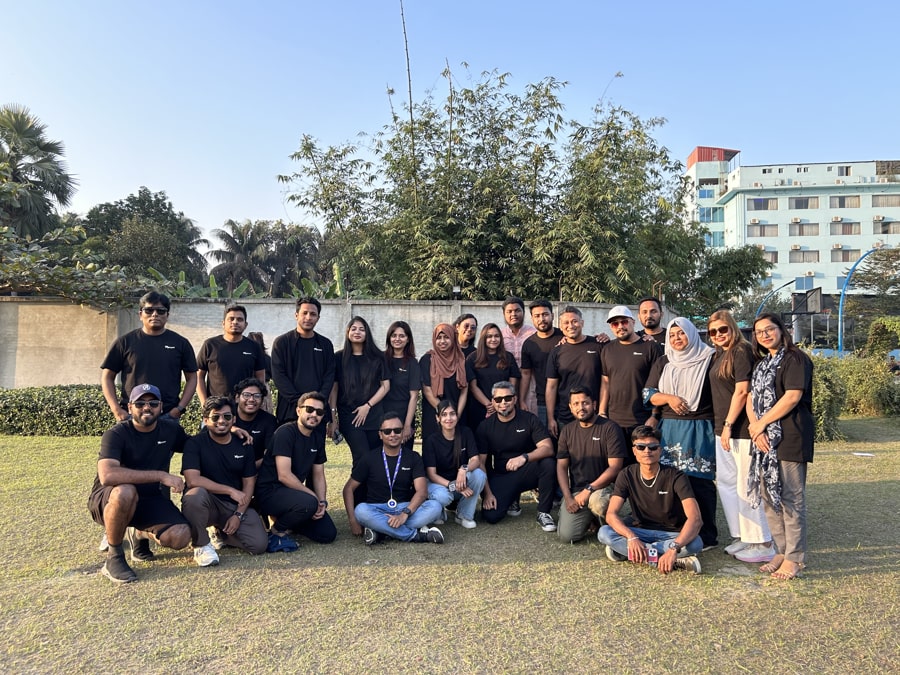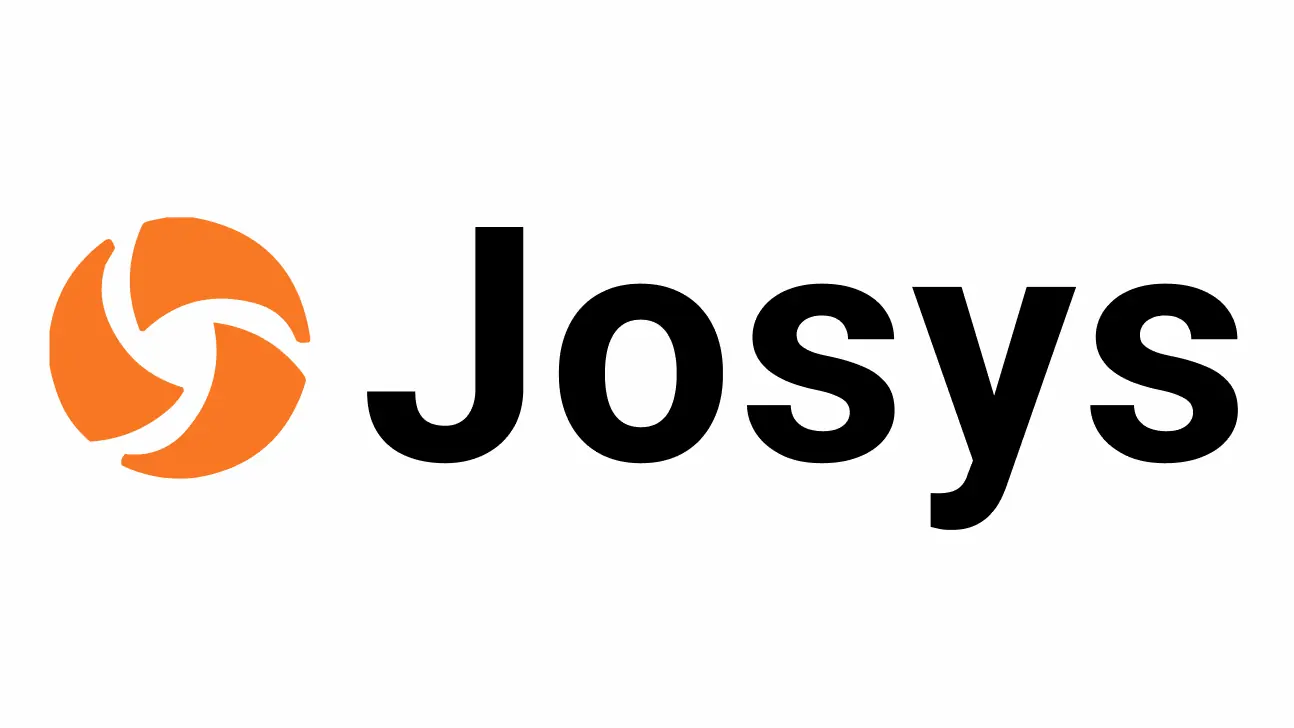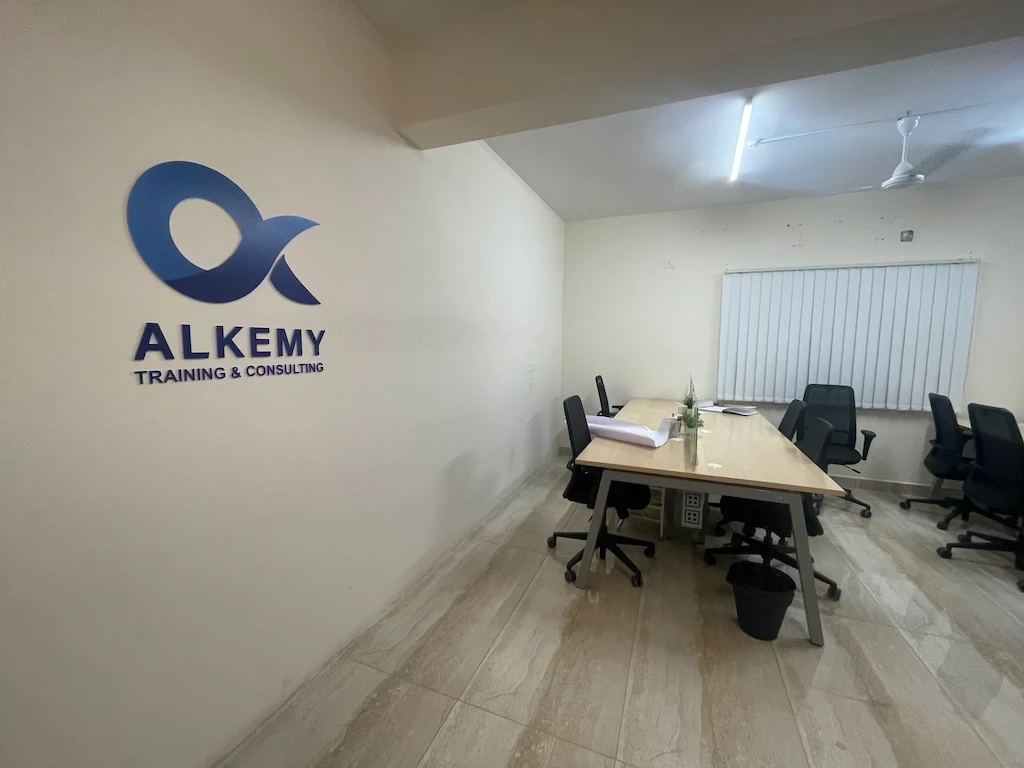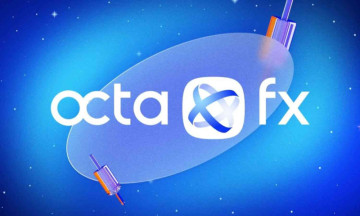Every big company you know today was once a small idea, sometimes on the edge of failure. Many startups face tough times—some even “burn” through all their money before finding a way to make a profit. But what makes some of them bounce back and become success stories? Let’s explore real-life journeys of startups that went from burn to profit, what we can learn from them, and what people are searching for when they look for inspiration in the world of entrepreneurship.
What Does “Burn to Profit” Mean?

Startups often begin with a bold idea but little money. “Burn” refers to burning through cash—spending more than they earn. This is common in the early days, as companies invest in building products, hiring teams, and marketing. The real challenge is surviving this “burn phase” and reaching “profit”—when the business earns more than it spends.
Why Do People Search for Startup Success Stories?
People search for startup success stories because they want hope, inspiration, and practical advice. Many want to know:
-
How did these startups survive their toughest moments?
-
What strategies helped them turn things around?
-
Are there lessons they can apply to their own business or career?
These stories are not just about making money—they’re about resilience, creativity, and never giving up.
Real Startup Success Stories: Lessons from 2025
1. Supermom: Building AI for Families

Supermom started with a simple question: How can technology help parents manage their busy lives? Founder Joan Ong saw that parents across Southeast Asia were already sharing advice in online communities. She used this real-life data to build an AI chatbot that could answer parenting questions, help with shopping, and even manage family schedules.
Supermom didn’t become profitable overnight. It took time to build trust and gather enough data. But by focusing on real needs and using community-driven insights, Supermom created a product millions of parents now rely on. Today, the company is profitable and growing, showing how listening to your users can turn a struggling startup into a success.
2. GoZayaan’s Hometown: Empowering Migrant Workers

GoZayaan’s Hometown began as a flight booking app for Bangladeshi workers in Singapore, who often faced scams and poor service. Founder Ridwan Hafiz launched the app in January 2023, and it quickly spread through word of mouth. By focusing on a real, underserved community, Hometown achieved 100% market penetration in just seven months.
The company expanded into remittance services and is now profitable, growing 50% month-on-month. Their secret? Solving real problems for people who needed help the most, and letting their users become their biggest promoters. Hometown’s journey proves that understanding your audience and solving their pain points can lead to rapid growth—even after a tough start.
3. Josys: Taming the SaaS Chaos

Managing software subscriptions can be a nightmare for big companies. Josys, founded by Yasukane Matsumoto, used AI to help organizations control costs, improve security, and manage software more easily. Launching during a tough market, Josys raised over $200 million and built a distributed team across several countries.
Josys focused on efficiency, allowing 80% of their processes to be standardized while adapting 20% to local markets. This mix of consistency and flexibility helped them survive the burn phase and become profitable. Their story shows that solving complex business problems with smart technology can pay off, even in challenging times.
4. HiCura Medical: Smarter Healthcare with AI

HiCura Medical was born from founder Cailin Ng’s personal experience with painful medical procedures. The company developed an AI-guided ultrasound system to help doctors perform spinal procedures more accurately. By increasing first-attempt success rates from 50% to 92%, HiCura’s technology made a real difference in patient care.
HiCura’s growth was steady, focusing on making their technology compatible with existing hospital equipment. This made it easier for hospitals to adopt their solution, helping the company expand across Singapore, Europe, and Southeast Asia. HiCura’s story is a reminder that personal pain points can lead to innovations that help millions—and that slow, steady growth can be just as powerful as rapid scaling.
5. Alkemy Edtech: Closing the Skills Gap

India’s booming tech industry faces a shortage of skilled workers. Alkemy Edtech, led by Aravinda Paladugu, tackles this by offering practical, job-ready training in AI, data science, and digital marketing. By focusing on real-world skills and personalized support, Alkemy aims to upskill 10,000 learners by the end of 2025.
Alkemy’s journey wasn’t easy—they had to prove their training worked and could lead to real jobs. But by staying focused on outcomes and partnering with industry leaders, Alkemy is now a leader in tech education, helping both students and employers succeed.
6. VOLTA: Disrupting Mobility in India

VOLTA, founded by Shashikanth Kanaparthi, set out to make transport more affordable and transparent. Unlike other ride-hailing apps, VOLTA charges zero commission and offers fixed pricing—no surprises for riders or drivers. Launched in 2023, VOLTA quickly onboarded over 80,000 drivers and 150,000 users in just one year.
Their focus on safety, including an emergency SOS system, and expansion into delivery services helped them grow fast. VOLTA’s story shows that challenging industry norms and putting users first can help a startup survive the burn and thrive.
What Do These Stories Have in Common?
_1750072784.png)
While every startup is different, these success stories share a few key ingredients:
-
Solving Real Problems: Each company started by addressing a real, urgent need—whether for parents, migrant workers, businesses, patients, or job seekers.
-
Listening to Users: They built products based on feedback and real-life data, not just guesses.
-
Adaptability: When things didn’t go as planned, they changed their approach—pivoting products, expanding services, or entering new markets.
-
Persistence: None of these startups succeeded overnight. They faced setbacks, but kept going until they found what worked.
-
Community Power: Many relied on word-of-mouth and community support, turning their users into promoters.
What Can We Learn?
It’s easy to think of startup success as a straight line: great idea, lots of money, instant profit. But real stories show it’s more like a rollercoaster. Most startups burn through cash before they find a formula that works. The difference between those that fail and those that succeed often comes down to:
-
Resilience: The willingness to keep trying, even when things look bleak.
-
Focus: Staying true to the core problem you’re solving, but being flexible in how you solve it.
-
Teamwork: Building a team that believes in the mission and adapts quickly.
These are lessons anyone can use—not just entrepreneurs. Whether you’re starting a business, a project, or just facing a tough challenge, persistence and adaptability are key.
What Are People Searching for in 2025?
According to recent trends, people are searching for:
-
“Startup success stories 2025”
-
“How to survive the burn phase in startups”
-
“Lessons from failed startups”
-
“How to turn a loss-making startup into profit”
-
“Inspiring stories of entrepreneurs who didn’t give up”
This shows a growing interest in not just the “what” but the “how”—practical tips, real-life examples, and honest accounts of the ups and downs of startup life.
Tips for Aspiring Entrepreneurs
If you’re thinking of starting your own business, here are some tips inspired by these stories:
-
Start with a real problem: The best ideas solve real needs.
-
Test and adapt: Don’t be afraid to change direction if something isn’t working.
-
Build a community: Loyal users can help your business grow faster than any ad campaign.
-
Keep learning: Every setback is a lesson.
-
Stay resilient: Success often comes after many failures.
Final Note

Startup success stories are more than tales of big profits—they’re about overcoming challenges, learning from mistakes, and making a difference. The journey from burn to profit is tough, but possible. By focusing on real problems, listening to users, and staying resilient, today’s startups are shaping a better tomorrow.
So the next time you hear about a billion-dollar company, remember: They probably started out just like you—full of hope, facing setbacks, and determined to keep going until they found their path to profit.
With inputs from agencies
Image Source: Multiple agencies
© Copyright 2025. All Rights Reserved Powered by Vygr Media.

























